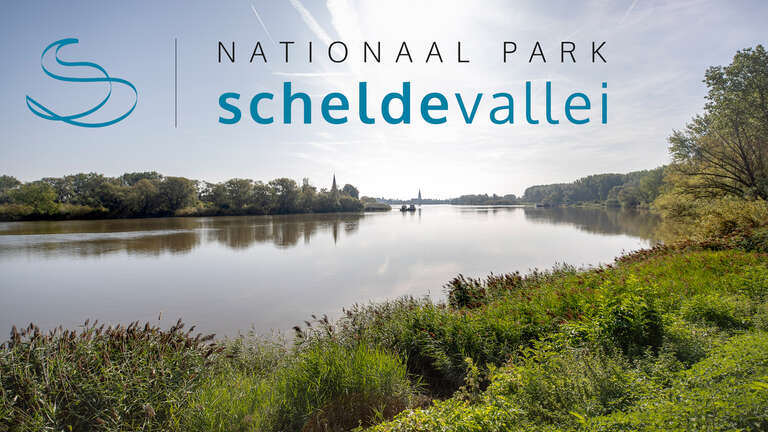In the autumn of 2021, 10 areas applied for the ‘National Park Flanders’ label. The Scheldt Valley River Park landed on the shortlist at the beginning of 2022 and is now working on a dossier to convince the jury: “The Sigmaplan and LIFE Sparc areas are at the basis of our story.”
As of right now, Hoge Kempen National Park is the only National Park in Flanders. In 2024 that is set to change: four nature reserves in Flanders will be allowed to carry the label. In April 2021, following an appeal by Flemish Minister for Environment Zuhal Demir, the search for “extensive areas with international appeal, exceptional nature and a unique experiential value, which are assets in terms of recreation and tourism” began. Furthermore, the management of these areas should aim at sustainable protection and development of the landscape and nature.
This appeal was an excellent opportunity for the Scheldt Valley, which, in its candidacy, was able to capitalise on the unique tidal nature that characterises the area. On the Scheldt, tides can be felt up to 170 kilometers inland (as far as Ghent), and the difference between ebb and flood can go up to 6 metres in some places. Tidal nature with saline, brakish and fresh zones that deep inwards, is unique in Europe.
One story
The idea behind a National Park is that several green islands connect and come together to tell a unique story. “In the Scheldt Valley, a strong foundation had already been laid with the Sigmaplan and LIFE Sparc areas” says Tom Wezenbeek of the Scheldt Valley River Park. Biodiversity and nature, two important focal points for the National Parcs, are fully exploited here: each green pearl can preserve its individuality, with the Scheldt as the connecting element.
Thanks to the Sigmaplan and LIFE Sparc, the Scheldt valley has already undergone a veritable transformation over the past 20 years. You can see this in the large-scale restoration of wetlands and the return of vulnerable species. In the valley, wet meadows and pocket forests show the potential in terms of nature. As such, the jury sees great potential for the development of a National Park.
Towards a master plan
In May 2023, the six finalists will submit their final dossier. These must be composed of three building blocks: the landscape biography, a long-term vision translated into a master plan and concrete actions and goals brought together in an operational plan.
Every landscape has a history of millions of years. The landscape biography summarises the different ‘life stages’ of the landscape in a narrative document. It should form the basis for the master plan.
Through this process, the shortlisted candidates receive support from the Flemish government, for instance in the form of thematic workshops and through the construction of a learning network. At the end of June, all candidates visited the Hoge Kempen, in September the Rivierpark Scheldevallei itself was hosting and in October it is the turn of the Grenspark Kalmthoutse Heide. As a result, contacts with other parks have become closer and the exchange of information has grown more intense, says Tom Wezenbeek: “Partly because of these exchanges, the process offers enormous added value.”
In addition to the four National Parks, Flanders will also have three landscape parks from spring 2024. On the international level as well, there is a lot of potential: the Flemish-Dutch Scheldt Delta, which the Scheldt Valley is an important part of, has been nominated as a UNESCO Geopark. A recognition reserved for areas of unique international geological importance.




